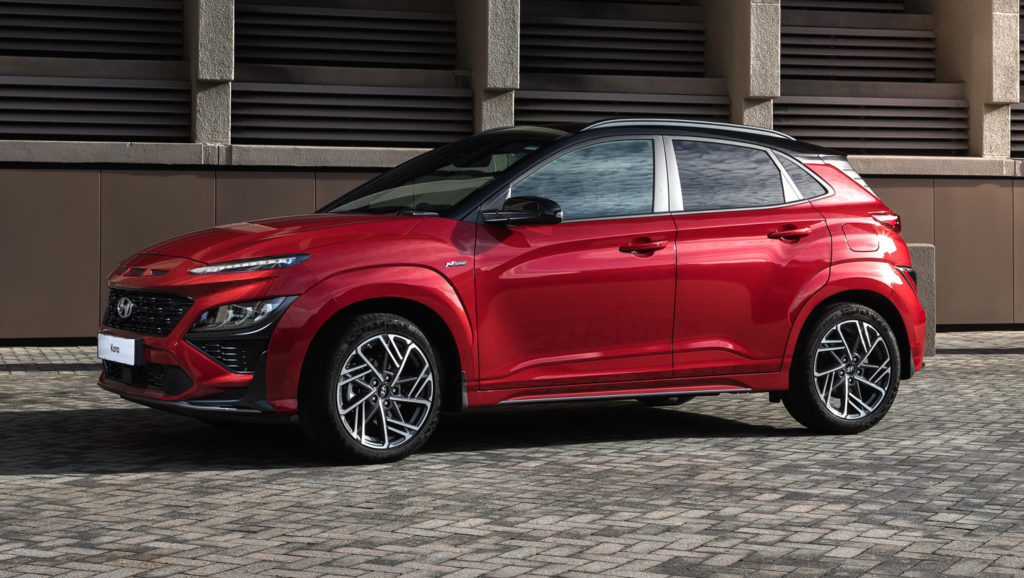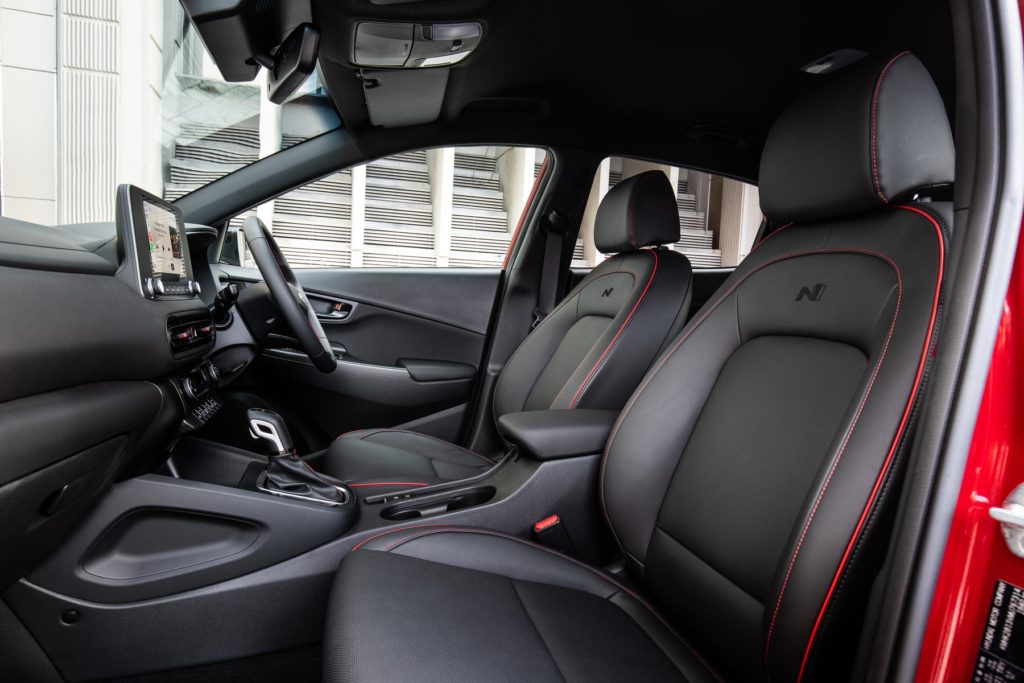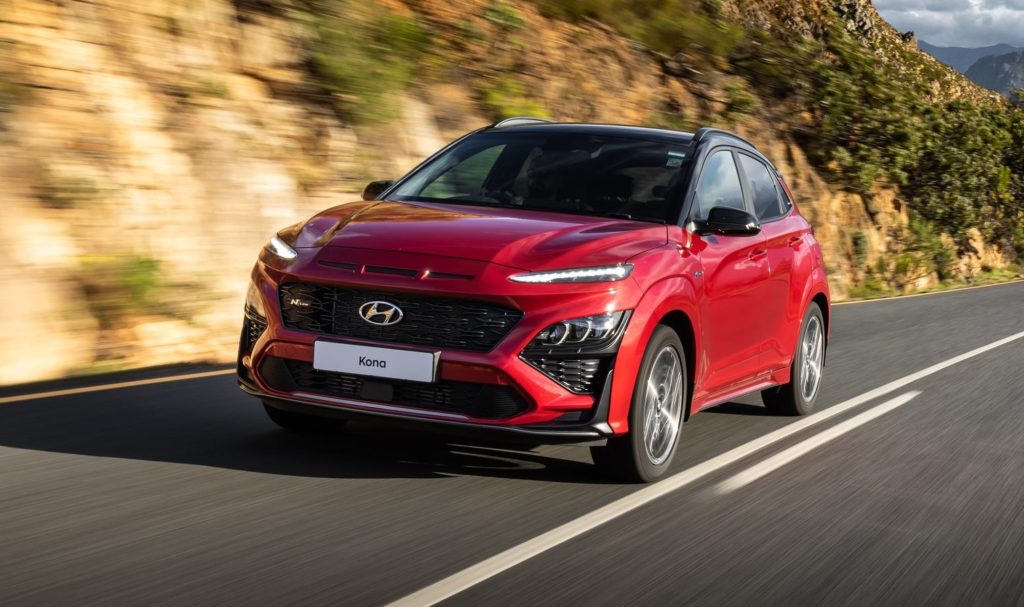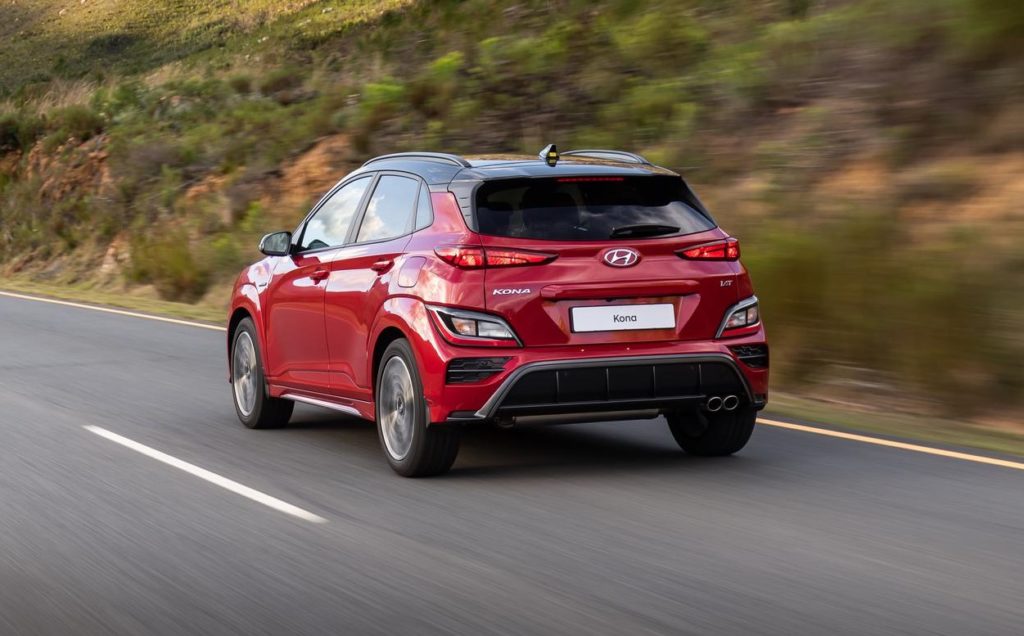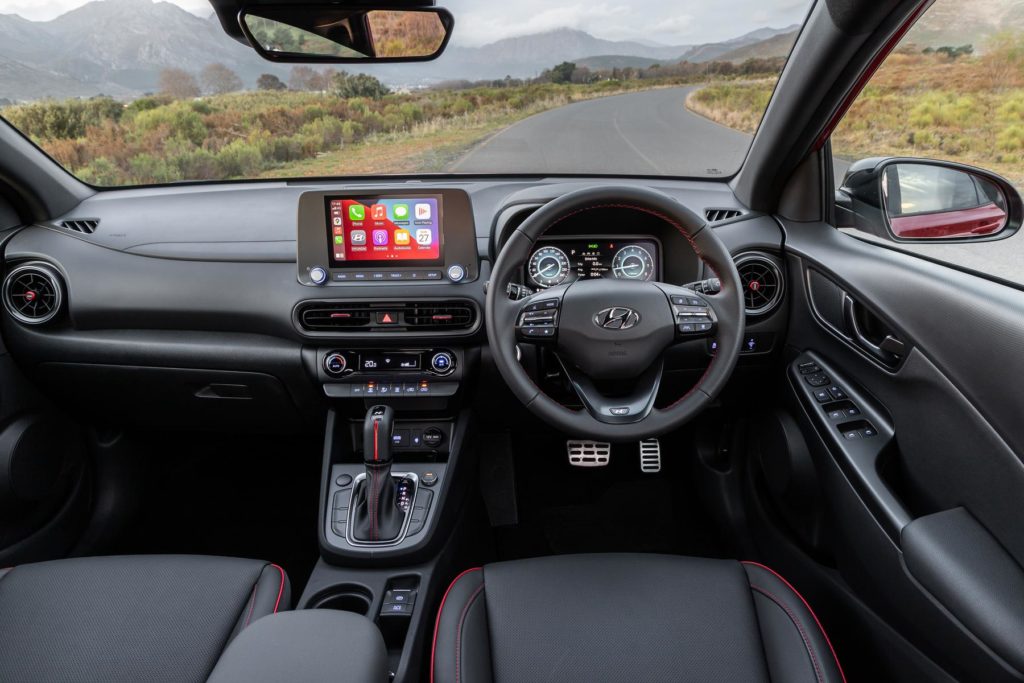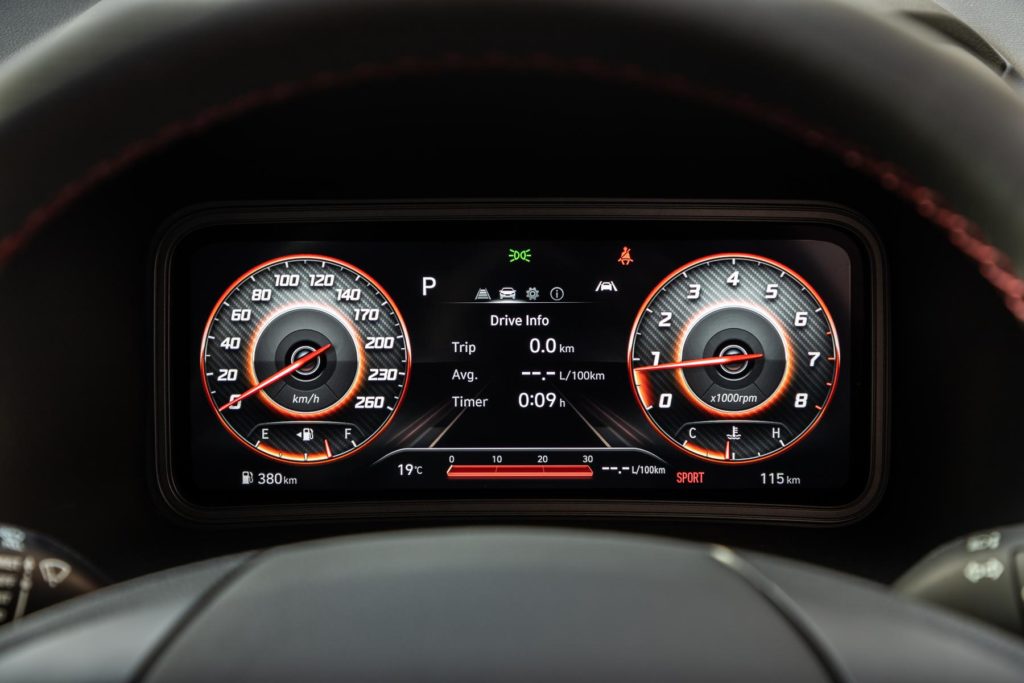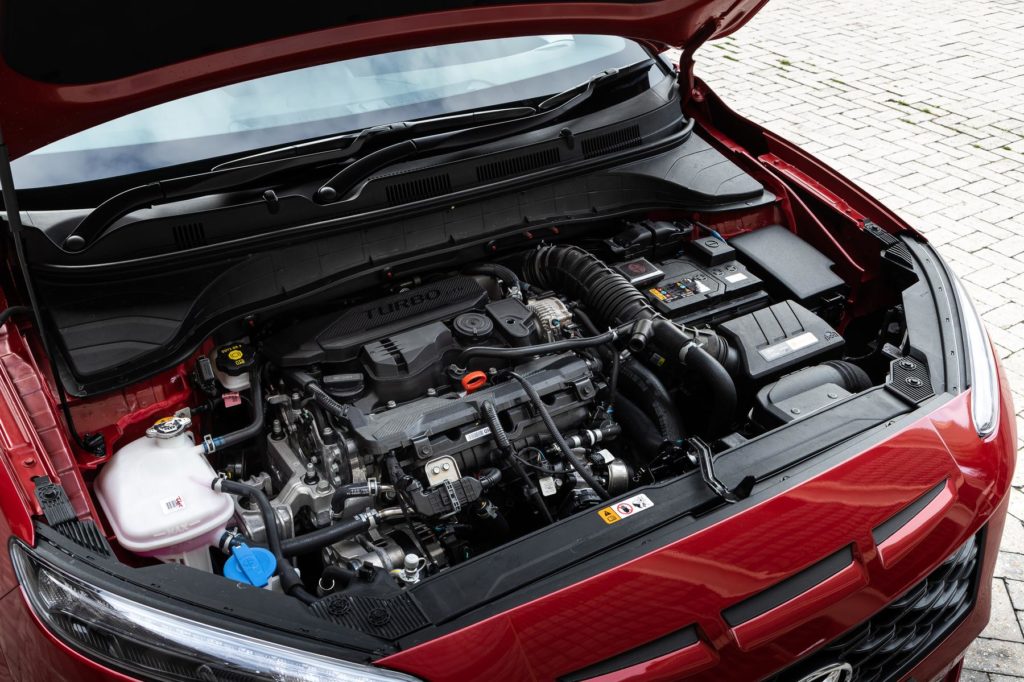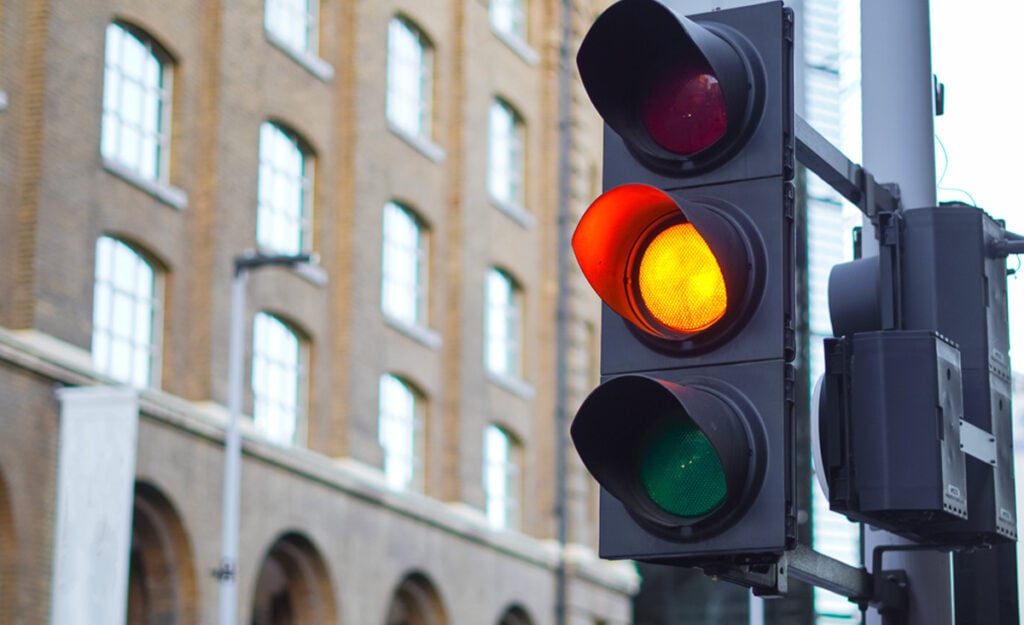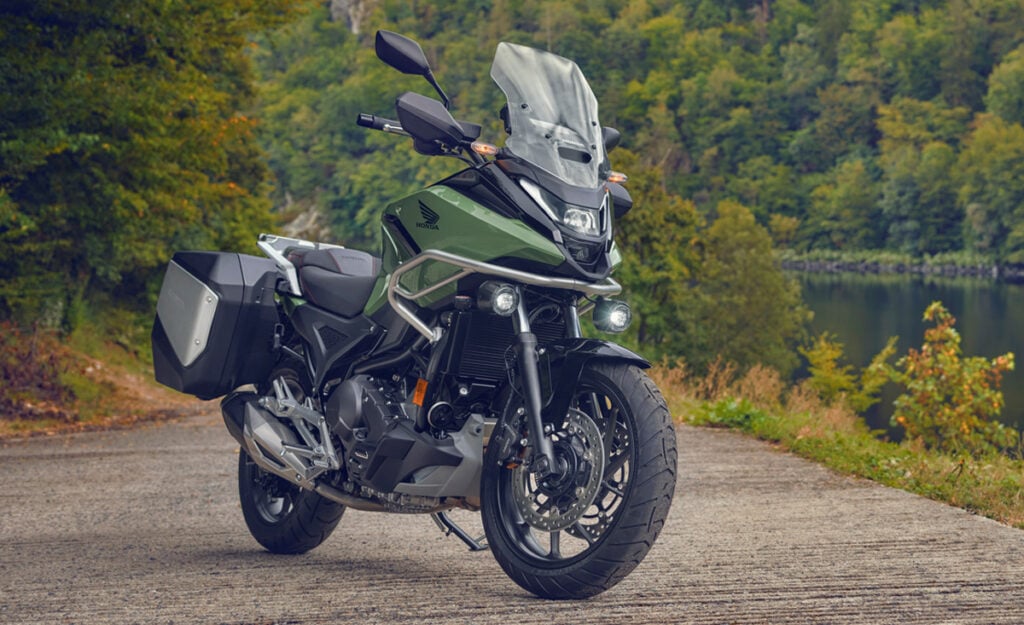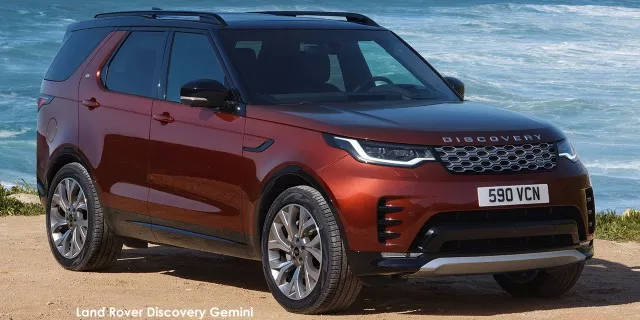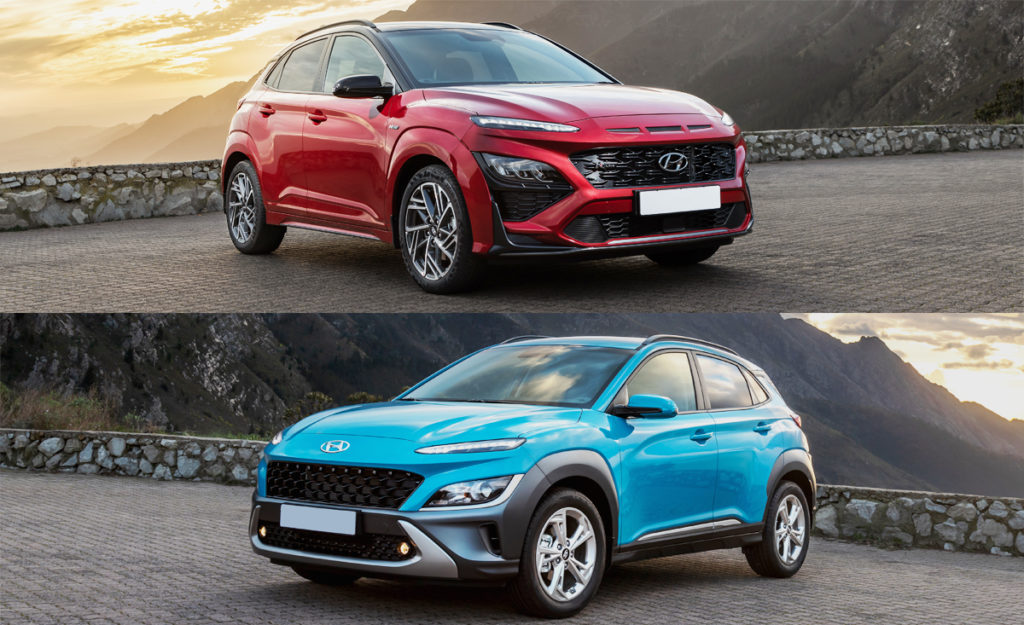
Hyundai’s Kona crossover was recently updated to offer more features, an improved look, and a stronger engine option.
The line-up has also been expanded with one very notable addition, the N-Line.
The N-Line trim is now available on the Kona in South Africa for the first time – and brings with it a host of exclusive features that make it R130,000 more expensive than the entry-level Executive option.
We see how they compare, below.
Upmarket features
The Kona is Hyundai’s premium crossover, bridging the gap between their entry-level SUVs and higher-end models.
As such, it offers a compact footprint while boasting impressive features – particularly in the case of the N-Line.
On the outside, the most obvious difference between the N-Line and the entry-level Kona is the exterior styling – as the N-Line’s looks differ vastly from the Executive.
Compared to the previous generation, the Executive sports an updated grille that is both wider and taller, redesigned front and rear bumpers, hidden exhaust outlets, and a new range of 17-inch alloy wheels – making it 4,205mm long, 1,800mm wide, and 1,565mm tall.
The N-Line styling pack gives this crossover a more distinctive look with sportier bumpers and side sills, visible exhaust pipes, exclusive fog lights, a two-tone roof, 18-inch alloys, and N-Line badging – which makes it 10mm longer and taller than the standard model.
In the cabin, the two models are on equal playing fields again.
Both come equipped with automatic air conditioning, wireless charging pads, a drive mode selector, LED headlights with daytime running lights, a multifunction steering wheel, and an 8-inch infotainment display with Apple CarPlay and Android Auto support.
In the Executive, buyers are also treated to an artificial leather upholstery and cruise control.
The more expensive N-Line then justifies its higher price tag thanks to the fitment of full leather seats, adaptive cruise control, a performance drive mode, a 10.25-inch digital instrument cluster, and N-Line logos with red seat piping and contrast stitching.
Cargo capacity for the Kona range then comes in at a maximum of 544 litres in five-seater mode, and can be expanded to 1,296 litres with the rear seats down.
While both Konas also score a 5-star Euro NCAP safety rating, the N-Line offers quite a bit more in terms of driver assistance systems.
Both models get hill start assist, hill hold, rear parking sensors, a rear-view camera, rear-seat safe exit alert, and six airbags as standard.
The N-Line then adds a forward-collision avoidance assistant, lane departure and follow assist, driver fatigue detection, and blind-spot detection.
Performance
The engine fitted to the Kona N-Line is a 1.6-litre, turbo-petrol unit that produces 146kW and 265Nm, with power sent to the front wheels.
This is paired with a seven-speed, dual-clutch automatic transmission to manage drive, and takes the vehicle from 0-100km/h in 7.7 seconds.
The entry-level Executive comes with a 2.0-litre, naturally-aspirated motor paired with an intelligent variable automatic transmission.
The set-up generates 110kW and 179Nm, sprints to 100km/h in 9.7 seconds, and achieves a combined fuel consumption of 6.5l/100km.
Combined fuel consumption for the turbocharged unit is rated at 7.5l/100km, and a maximum braked towing capacity of 1,100kg is available in each Kona crossover.
Price
The entry-level Hyundai Kona 2.0 Executive AT has a South African price of R449,900.
The range-topping Hyundai Kona 1.6 TGDI N-Line DCT has a South African price of R579,900.
Each model comes with a 5-year/150,000km warranty with an additional 2-year/50,000km powertrain warranty, a 5-year/75,000km service plan, and 7-year/150,000km roadside assistance.
